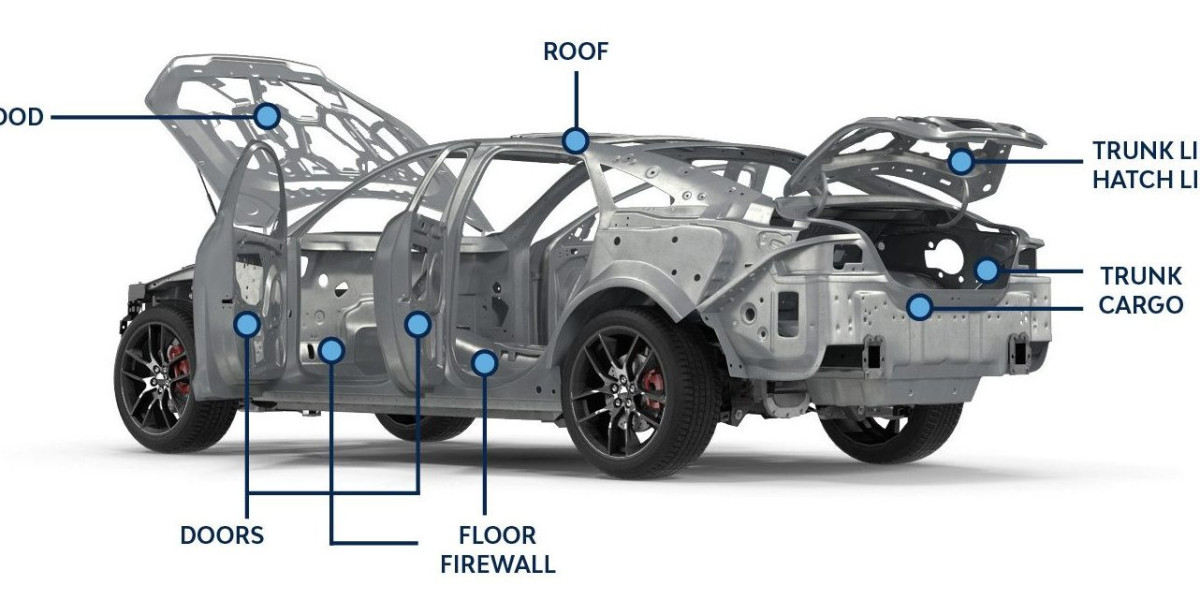Understanding How Noise Travels in a Car
A vehicle is essentially a metal box on wheels, which makes it an excellent conductor of sound and vibration. Three main types of noise affect the driving experience:
Airborne Noise – Sounds like wind rushing through seals or traffic outside.
Structural Vibrations – Resonance from panels, doors, and the chassis itself.
Mechanical Noise – Engine hum, tire friction, and suspension movement.
Without sound dampening, these noises overlap with your music or conversations, forcing you to turn up the volume and strain your ears.
The Physics of Sound Dampening
The principle behind sound dampening is simple but powerful: convert vibrational energy into heat and block the transmission of sound waves.
Mass-Loaded Materials: Add density to panels, making them harder to vibrate.
Butyl Rubber: Absorbs and dissipates energy at its source.
Closed-Cell Foam: Blocks airborne noise while resisting moisture.
Multi-Layer Systems: Combine materials for maximum effectiveness.
By applying these layers to doors, floors, roofs, and trunks, the car’s interior becomes less of a resonating chamber and more of a controlled acoustic space.
Why Sound Dampening Matters More in 2025
Several automotive trends are driving the need for better noise control:
Electric Vehicles (EVs): With no engine masking road sounds, tire and wind noise are far more noticeable.
Bigger Audio Systems: Modern drivers are investing in high-power subwoofers and amplifiers, which demand a stable, rattle-free environment.
Comfort Expectations: Consumers now see quiet cabins as a luxury standard, even in mid-range vehicles.
Sustainability Materials: Advances in eco-friendly dampening solutions are making it easier to achieve performance without sacrificing environmental responsibility.
The Impact on Audio Quality
Music in a soundproofed car isn’t just louder—it’s clearer. Here’s why:
Reduced Distortion – Panels don’t rattle when bass hits.
Improved Dynamics – Subtle details like vocals and instruments stand out.
Controlled Bass – Vibrations don’t muddy low frequencies.
Lower Listening Fatigue – You don’t have to battle against background noise.
In short, sound dampening doesn’t just block noise—it amplifies enjoyment.
Where to Apply Sound Dampening
To achieve the best results, strategic placement is key:
Doors – Enhance midrange clarity from speakers.
Floors – Cut road and tire noise.
Roof Panels – Reduce wind and rain impact.
Trunk & Hatch – Stabilize subwoofer performance.
Wheel Arches – Prevent vibrations from aggressive tires.
When these areas are properly treated, the transformation is dramatic—turning even entry-level cars into near-luxury experiences.
Looking Ahead: The Future of Vehicle Acoustics
Sound dampening is evolving alongside automotive design. In 2025 and beyond, we’ll see:
Integrated Factory Solutions – More automakers offering built-in noise reduction.
AI-Enhanced Cabin Acoustics – Systems that adjust sound profiles based on driving conditions.
Lightweight Composites – Advanced materials that balance weight savings with acoustic control.
The science of soundproofing isn’t standing still—it’s shaping the future of driving comfort and in-car entertainment.
In a world where vehicles are becoming smarter and more connected, sound dampening ensures that your driving experience keeps pace. Whether you’re upgrading a family SUV or fine-tuning a performance car, embracing the science of noise control means enjoying the journey as much as the destination.



